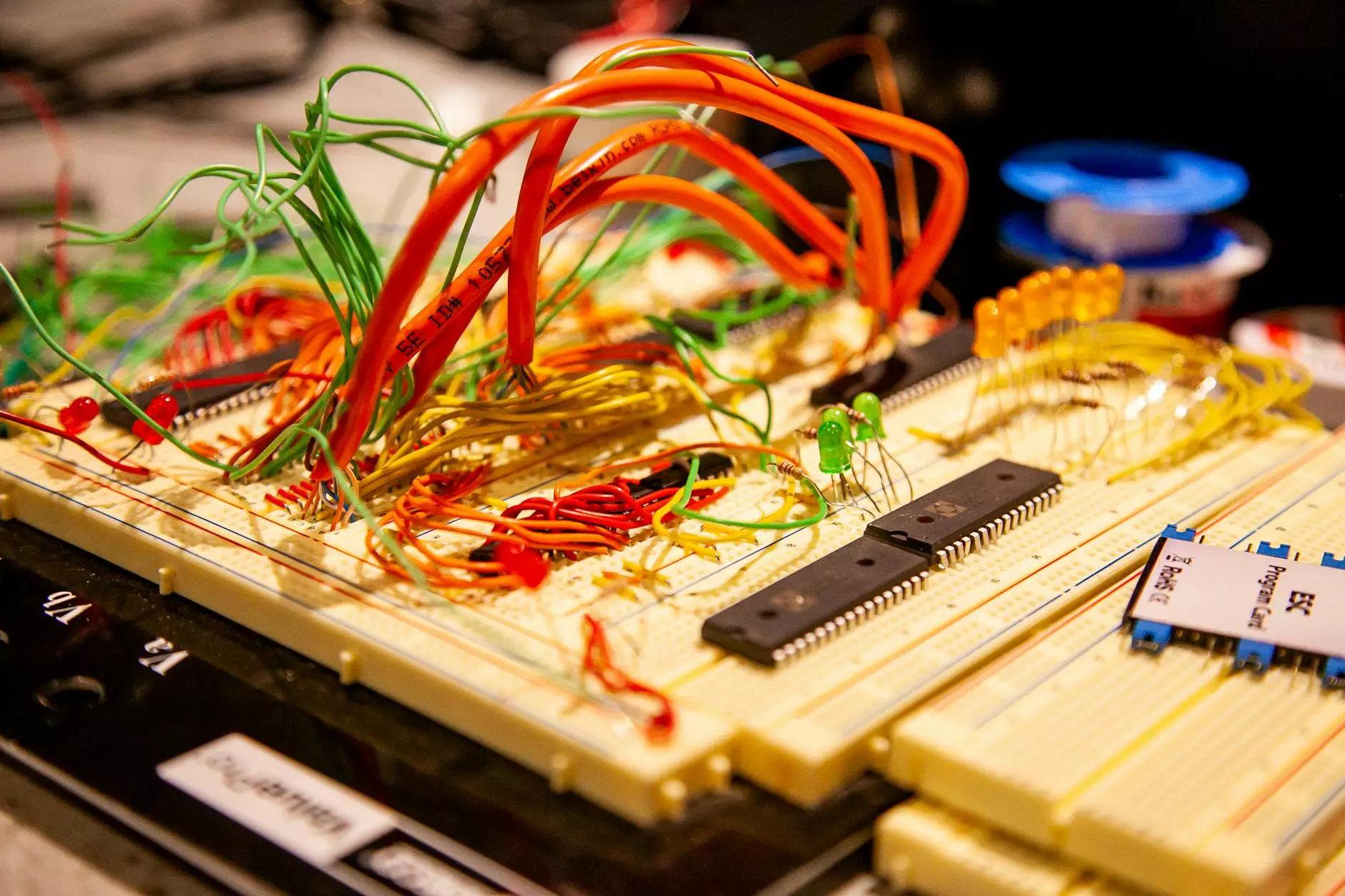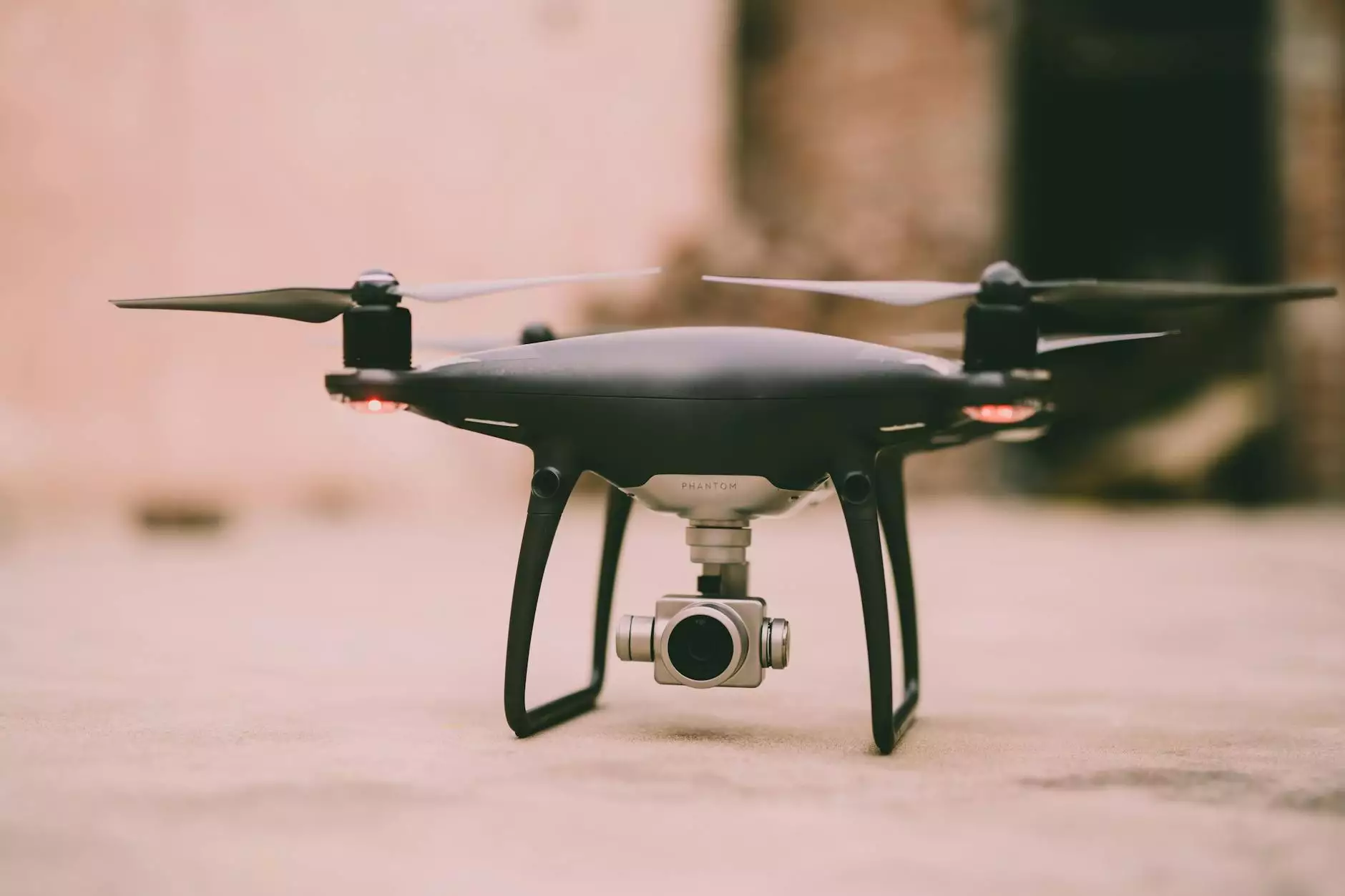Prototyping Rubber Bellows: Revolutionizing Industrial Design

In the ever-evolving landscape of industrial applications, prototyping rubber bellows has become a critical topic of discussion. From automotive to aerospace, the need for flexibility, durability, and precision in component design has never been more pronounced. This article delves into the essentials of rubber bellows, their applications, and the transformative role of prototyping in modern manufacturing.
Understanding Rubber Bellows
Rubber bellows are flexible components made from various elastomers, designed to accommodate movement and compressibility while providing an effective barrier against dust, dirt, and moisture. Their construction allows them to absorb vibration, thereby protecting sensitive equipment from damage.
The Composition of Rubber Bellows
Typically, rubber bellows are made from materials such as:
- Neoprene: Known for its versatility and resistance to oils, chemicals, and weather.
- Nitrile: Excellent in applications requiring oil and fuel resistance.
- Silicone: Offers superior temperature resistance and is ideal for high-heat scenarios.
- EPDM: Known for its exceptional resistance to aging and UV radiation.
The Importance of Prototyping in Manufacturing
Prototyping plays an integral role in the design and development of rubber bellows. It allows engineers and designers to experiment with various shapes, sizes, and materials, ultimately leading to the creation of the most efficient and effective product.
Benefits of Prototyping Rubber Bellows
The benefits of prototyping rubber bellows using advanced methods, such as 3D printing, are numerous:
- Enhanced Design Flexibility: Prototyping allows for multiple iterations, enabling teams to refine designs based on testing and feedback.
- Cost Efficiency: Creating prototypes can save significant costs by identifying design flaws before mass production.
- Reduced Time-to-Market: Faster prototyping processes mean that products can reach the market more quickly, gaining a competitive edge.
- Customization: Prototyping allows businesses to tailor rubber bellows to specific applications or customer needs.
3D Printing and Its Role in Prototyping Rubber Bellows
3D printing technology has fundamentally changed the prototyping landscape. It allows for the creation of complex geometries that would be difficult or impossible to achieve with traditional manufacturing methods. The advantages of using 3D printing for prototyping rubber bellows include:
Rapid Prototyping with 3D Printing
One of the most significant advantages of 3D printing is speed. Designers can quickly produce prototypes and test them in real-world conditions:
- Fast Turnaround Times: Reduced lead times allow for quicker iterations.
- Streamlined Workflow: Simplifies the process from design to prototype, minimizing delays.
- Immediate Feedback: Teams can test and modify designs on the fly, fostering innovation.
Material Versatility
Advanced 3D printing techniques offer a range of materials that can simulate the properties of rubber bellows, including:
- Thermoplastic Elastomers (TPE): Combines the characteristics of rubber and plastic, ideal for flexible applications.
- Thermoplastic Polyurethane (TPU): Known for its flexibility, durability, and resistance to abrasion.
- Silicone-based Materials: Provides exceptional elasticity and temperature resistance, perfect for prototyping.
Applications of Rubber Bellows Across Industries
Rubber bellows find applications in various industries, showcasing their versatility and reliability. Some notable examples include:
Aerospace
In the aerospace industry, rubber bellows are essential components that maintain the integrity of aircraft systems under extreme conditions. They are used in:
- Engine Components: As seals that withstand high temperatures and pressures.
- Landing Gear Systems: Providing flexibility and protection against environmental factors.
Automotive
The automotive sector utilizes rubber bellows extensively for:
- Suspension Systems: Allowing for the necessary movement while absorbing shock and reducing vibrations.
- Boot Covers: Protecting joints and components from dirt and debris.
Medical Equipment
In the medical field, precision and reliability are paramount. Rubber bellows are found in:
- Medical Devices: Such as pumps that require flexible, durable components.
- Seals for Equipment: Ensuring no contaminants enter sensitive medical devices.
Challenges in Prototyping Rubber Bellows
While prototyping rubber bellows offers significant advantages, several challenges need to be addressed to maximize efficiency and effectiveness:
Complex Geometries
Creating intricate designs can lead to difficulties in manufacturing. Engineers must consider the limits of the chosen 3D printing technology and the chosen materials to avoid issues related to structural integrity and performance.
Material Limitations
Not all materials are suitable for every application. It’s critical to choose the right elastomer based on factors like:
- Temperature ranges
- Resistance to chemicals
- Environmental conditions
Cost Management
While prototyping can save costs in the long run, initial investment in 3D printing technology and materials can be a barrier for some businesses. Companies must evaluate the potential return on investment (ROI) carefully.
Conclusion: The Future of Prototyping Rubber Bellows
The future of prototyping rubber bellows looks promising as technology continues to advance. 3D printing will undoubtedly play a pivotal role in reshaping how industries approach product design, allowing for rapid innovation and enhanced customization. By harnessing the power of modern prototyping methods, businesses can achieve greater reliability, reduced waste, and improved product quality.
At O Victor Group, we are at the forefront of integrating prototyping techniques with industrial applications. Our commitment to quality and innovation ensures that we provide the best solutions for rubber bellows and beyond.
By investing in the future of prototyping, companies are not only improving their products but are also paving the way for a more efficient, sustainable manufacturing process. The journey of prototyping rubber bellows is just beginning, and it holds limitless potential for those willing to explore its depths.



